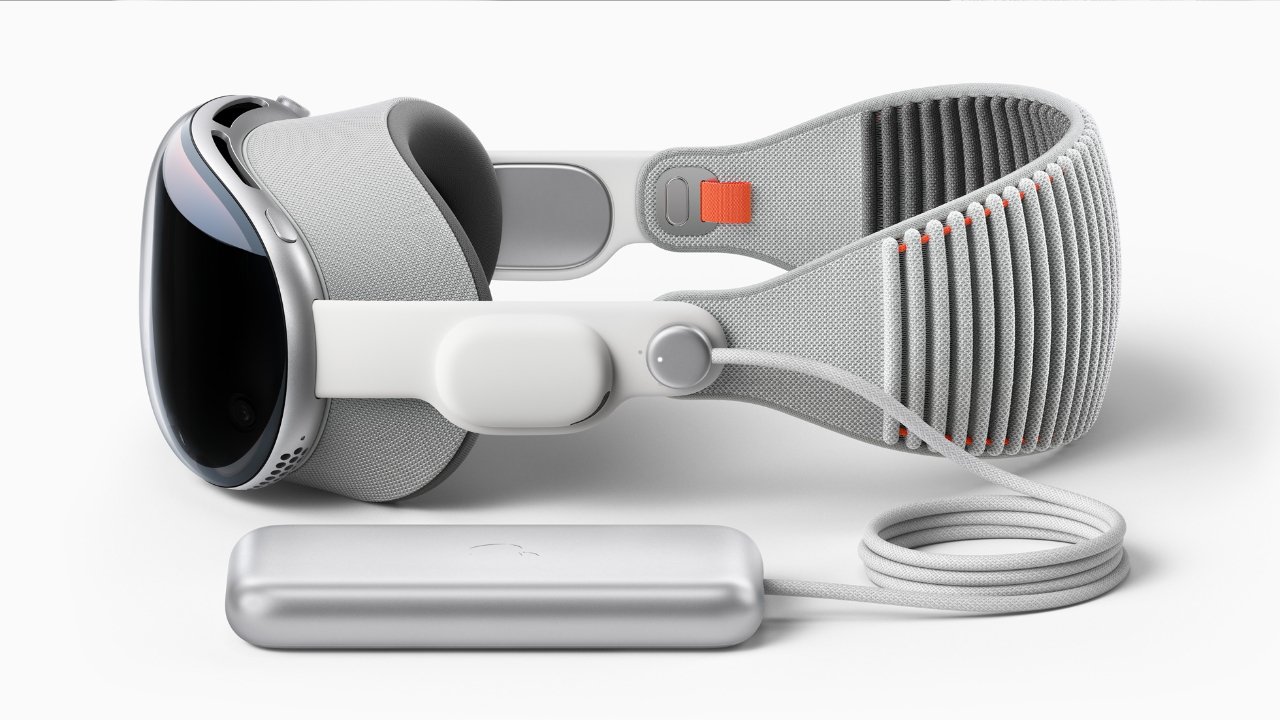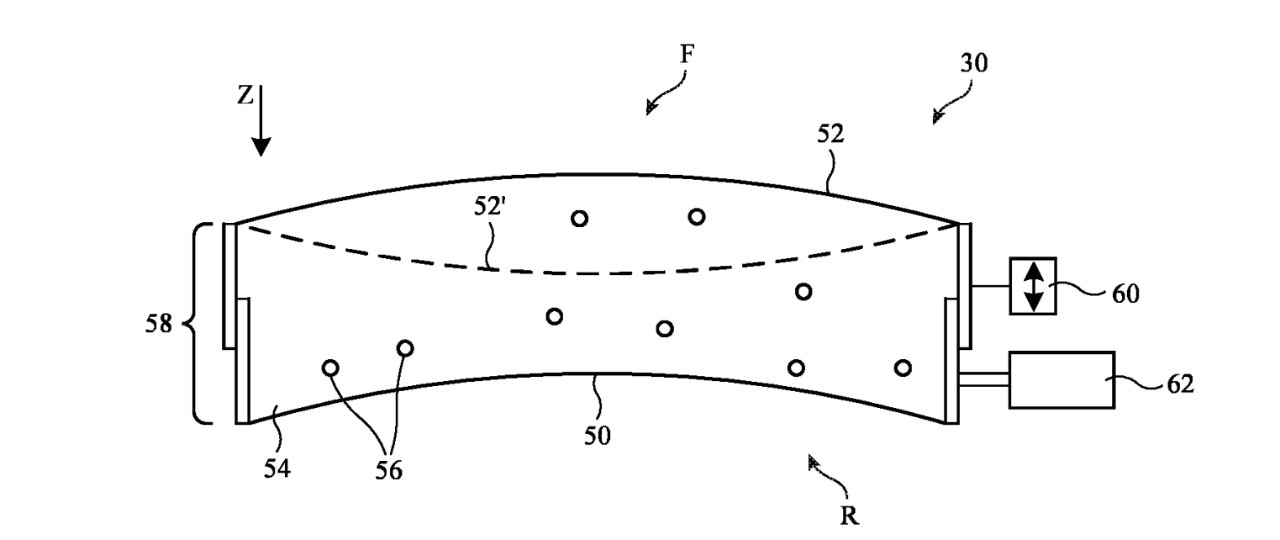The first Vision Pro needs users to buy separate prescription lenses, if they require them

Apple is researching the use of liquid lenses that could be adjusted within a future Apple Vision Pro headset instead of requiring some users to buy and fit separately prescribed lenses.
It's definitely a weak spot in the Vision Pro, or at least in what detail Apple has provided so far. While Apple has revealed that it is working in partnership with Zeiss to produce vision-correction lenses for the newly-announced Vision Pro, it has given no further details.
Based only on Zeiss's similar lenses for other VR headsets, it's been predicted that Apple's ones will cost between $300 and $600. That guess has nothing else supporting it beyond Zeiss's current price list, but it's at least likely that such lenses will add considerably to the already expensive Vision Pro.
Beyond that, though, there is the issue of simply getting the correct lens for a buyer. It's already been reported that Apple Stores will have dedicated areas for people to try out the Vision Pro by appointment, and presumably that will include testing different lenses.
Plus, Apple is reportedly limiting each Vision Pro to its owner and one guest. Presumably that "guest" role can be taken by anyone, or any number of people, that the owner chooses, but they'll each at least have to bring their own lenses.
However, Apple has previously looked at mechanical ways for a Vision Pro headset to adjust its lenses to suit users, and now it's doing it again. "Electronic Devices With Liquid Lenses," is a newly-revealed patent application that describes possible future headsets.
"The lenses of a head-mounted device may include tunable liquid lenses," says the patent application. "Each lens may have a lens chamber filled with liquid. The lens chamber may have rigid and/or flexible walls that form optical lens surfaces."
"Actuators and/or pump and reservoir systems may deform the lens surfaces in response to control signals from a control circuit to tune the lens," it continues. "Inorganic dielectric particles or other refractive- index-adjustment particles may be used to adjust the refractive index of the liquid in the lens chamber and thereby adjust the refractive index of the lens."

So within the built-in lenses of a Vision Pro headset, the use of liquid and controls could make any adjustments needed to correct anyone's eyesight issues. That still leaves the problem of knowing when to stop adjusting, and that's also covered in the patent application.
"Information on the locations of the user's eyes [and gaze] may be gathered using, for example, cameras," it says. "The locations of eye boxes can then be adjusted accordingly."
There is one other note in the patent that points to possible future Vision Pro models.
"If desired, head-mounted device may be a pair of glasses," it says. "[The device] may be configured to form a glasses frame (e.g., left and right temples and end pieces, a nose bridge, lens rims, etc.)."
That may be just typical patent overreach and an attempt to have this apply to any future headset not yet imagined. But it does also fit previous reports of subsequent Vision Pro generations.